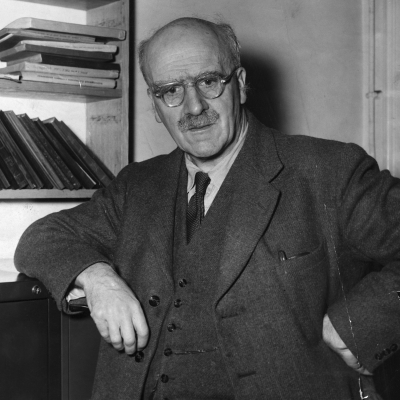
It is commonly believed that art and science lie on opposite ends of a spectrum, but according to Isaac Asimov, the two are interlinked. He once said that scientists can “make great leaps into new realms of knowledge by looking upon the universe with the eyes of artists”.
Asimov was a living example of this connection. A distinguished professor of biochemistry at Boston University, he was also one of the greatest authors of science fiction stories.
His Foundation series, Galactic Empire series and Robot series of novels placed him in the ‘Big Three’ club of science fiction greats, along with Arthur C Clarke and Robert Heinlein.
Born on January 2, 1920, Asimov came from a Jewish family that moved to the U.S.A. from communist Soviet Union. His parents worked hard at building a new life for their family. They owned a Succession of small stalls that Sold candy, magazines and newspapers.
Asimov used to help out at the stalls and in his spare time cocoon himself in between the books and read the science fiction comics.
He wrote his first story at age 11 and his father encouraged him to try and get it published. Young Asimov took a subway to John W Campbell’s (editor of ‘Astounding Science Fiction’) office in New York and managed to meet him. Although his first story was rejected, Campbell saw potential in young Asimov and encouraged him to keep writing. Asimov never gave up and after many tries sold his first story, ‘Marooned off Vesta’ in 1939.
He went on to write or edit more than 500 books that would enthrall and amaze science fiction fans everywhere. His novelette, ‘Nightfall’ was voted the best science fiction story of all time by the Science Fiction Writers of America.
He coined the word ‘robotics’ and laid down three rules for robots in his work. They are: 1. – Robots cannot harm humans;
2. – Robots must obey humans except when an order conflicts with the first rule;
3. – A robot may protect his own existence as long as it does not conflict with the first and second rules. His book ‘I Robot’ was made into a successful film by the same name starring Will Smith. Asimov died on April 6 in 1992. This year we commemorate the 30th death anniversary of this great writer.
Picture Credit : Google






